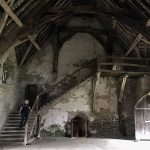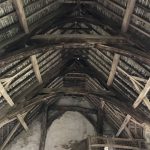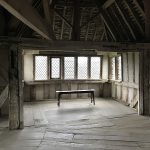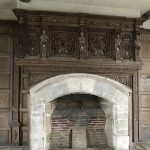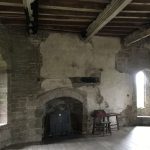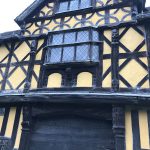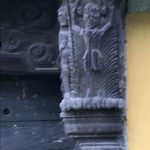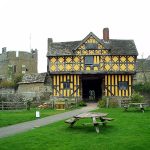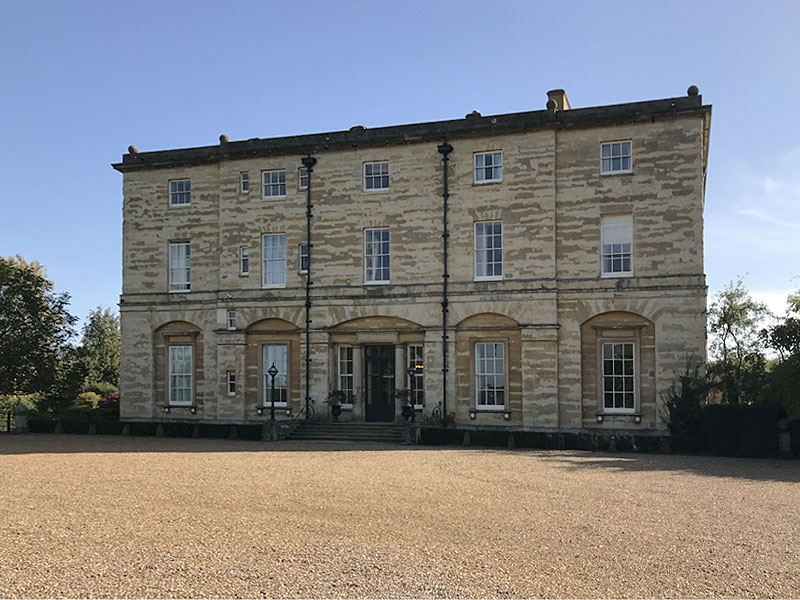 Private
Private
The Wake family has owned the Courteenhall estate since the Tudor period, and the current Georgian house was built in 1792 for Sir William Wake, the 9th baronet. It has changed little since then. The house and adjoining outbuildings and stables stand in extensive parkland designed by Humphry Repton. The family has always been involved in the business of farming.
The house has rooms of handsome proportions on the ground floor, with fine plasterwork, filled with good furniture and many beautiful objects collected over the centuries. Family portraits hang in most of the rooms.
In front of the house, to one side is the Arboretum with an attractive rustic pond. Behind the house there is a small formal garden with pool, and the parkland which extends as far as the Church (not part of the estate) and the listed stable block.
I visited Courteenhall on an ‘Invitation to View’ tour (this one for EH members only.) On arrival we were served tea or coffee and a biscuit, and then our host gave us a lively and informative tour of the principal ground floor rooms. Guests were then at liberty to walk around the grounds.
The estate, positioned between the A508 and the M1 near J15, is relatively easy to find, and well worth a visit. Be aware that the town of Roade to the south has a brand-new bypass.
For those interested in the history of the family, a handsome and substantial hardback volume ‘The Wakes of Northamptonshire’ is available for £20 (collected) or £25 with postage.
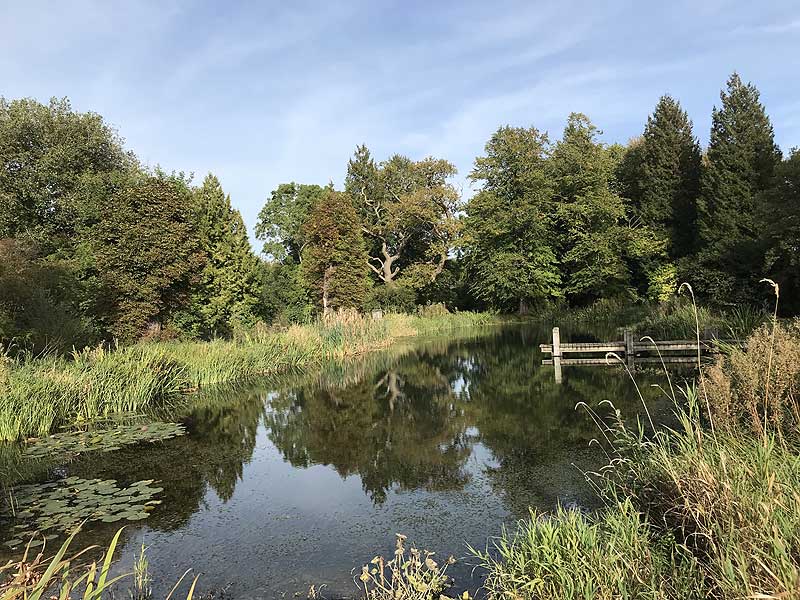
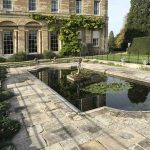
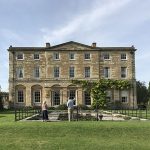
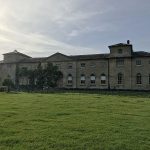
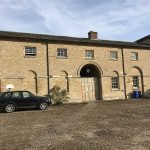
Month: October 2023
Ironbridge, Shropshire
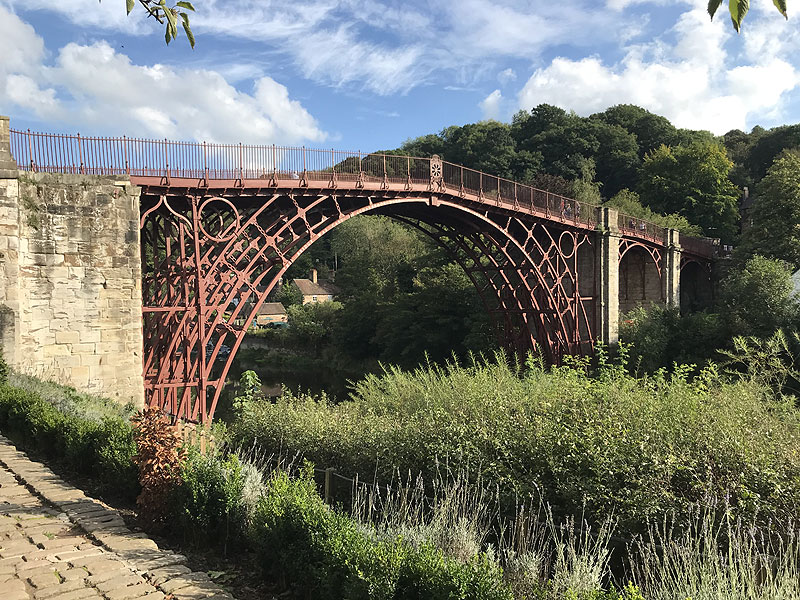 Ironbridge Gorge is the centre for a number of historic industrial sites (see https://www.ironbridge.org.uk/). With limited time, my intention was to view the famous iron bridge. This structure (recently restored) is impressive and it is possible to park nearby and walk across the pedestrianised bridge and view it from above and below. The picturesque village of Ironbridge is at one end of the bridge, extending along one side of the river and rising steeply away from the river. The ‘Museum of the Gorge’ is in the village within walking distance.
Ironbridge Gorge is the centre for a number of historic industrial sites (see https://www.ironbridge.org.uk/). With limited time, my intention was to view the famous iron bridge. This structure (recently restored) is impressive and it is possible to park nearby and walk across the pedestrianised bridge and view it from above and below. The picturesque village of Ironbridge is at one end of the bridge, extending along one side of the river and rising steeply away from the river. The ‘Museum of the Gorge’ is in the village within walking distance.
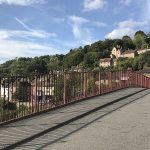
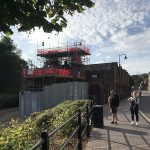
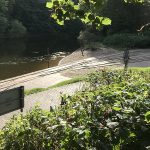
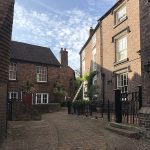
Acton Burnell Castle, Shropshire
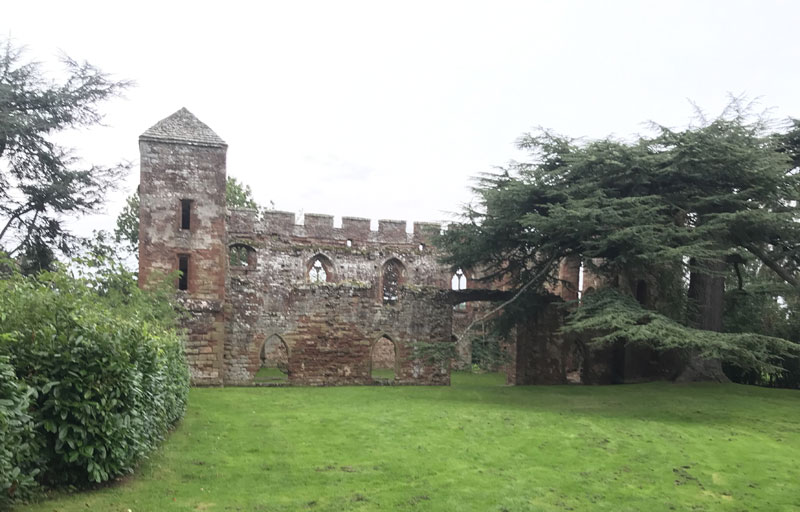 English Heritage
English Heritage
Acton Burnell Castle, actually a fortified manor house, stands near the village of Acton Burnell. It is believed that the first Parliament of England at which the Commons were fully represented was held here in 1283, in the nearby barn. Today all that remains is the outer shell of the manor house and the gable ends of the barn.
The manor house was built in 1284 by Robert Burnell, Bishop of Bath and Wells, friend and advisor to King Edward I. The building was rectangular with a tower at each corner. It was three storeys high consisting of a hall, solar, bedrooms, offices, chapel and kitchen.
Much of the building was demolished by the mid-17th century.
Today what remains looks interesting. Only the shell of the residence is accessible, via a path through a wood.
Your satnav may take you to the entrance of a college. If so, drive through the village till you see the brown signs (same postcode).
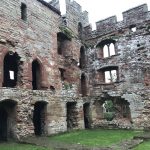
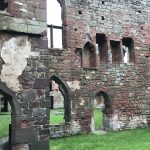
Clun Castle, Shropshire
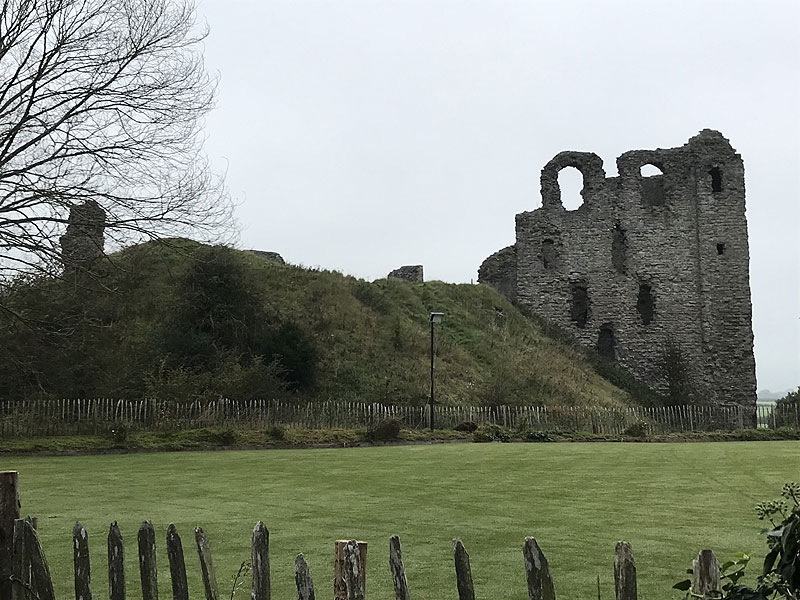 English Heritage
English Heritage
Clun Castle was established by the Norman lord Robert de Say after the invasion of England and went on to become an important Marcher-lord castle in the 12th century, defending against the Welsh. It was owned for many years by the Fitzalan family, who gradually abandoned it in favour of the more luxurious Arundel Castle. The Fitzalans converted Clun Castle into a hunting lodge in the 14th century, complete with pleasure gardens, but by the 16th century the castle was largely ruined.
In 1894 the castle was purchased by the Duke of Norfolk, who undertook a programme of conservation to stabilise the castle.
Today the castle is very ruined, with the now three-sided Great Keep, built for the FitzAlan family’s resifential use, being the most complete part. Adjacent platforms, the site of the outer baileys, have no structures above ground. The River Clun loops around the castle far below the mounds.
To visit, you should park in the village and look for the gated lane leading up to the castle.
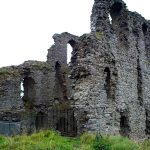
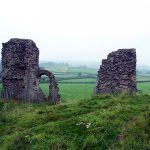
Stokesay Castle, Shropshire
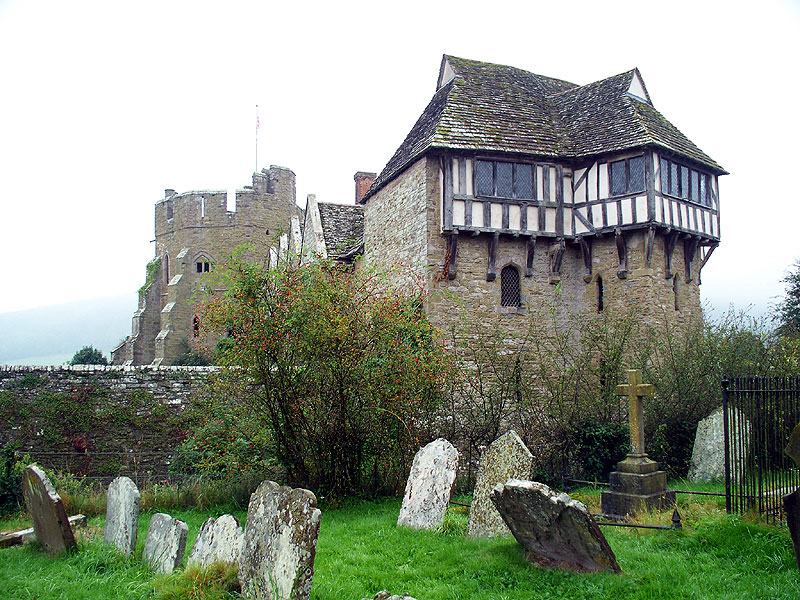 English Heritage
English Heritage
Stokesay Castle, actually a fortified manor house, was built in the 1280s and early 1290s by fabulously wealthy wool merchant Lawrence of Ludlow. It was intended to keep out robbers rather than withstand a serious seige. The striking timbered gatehouse was built much later, in 1640-41, presumably replacing an earlier stone gatehouse.
During the English Civil War the ‘castle’ was garrisoned by Royalists, who surrendered when a Parliamentary force approached the ‘castle’ in 1645 and issued a summons to surrender.
Stokesay has a number of interesting internal features, including a fine hall roof and an elaborately carved wooden mantelpiece. The nearby church (not English Heritage) is worth a look. The gatehouse has some interesting carvings on the inner side. The great hall has an impressive roof structure. In the so-called Solar block, the solar has an elaborate panelled interior dating from the 17th century, with elaborate carvings of fruit, flowers and figures on the overmantel above the fireplace.
All parts of the castle can be visited, including the roof of the south tower.
Stokesay is well worth a visit.
